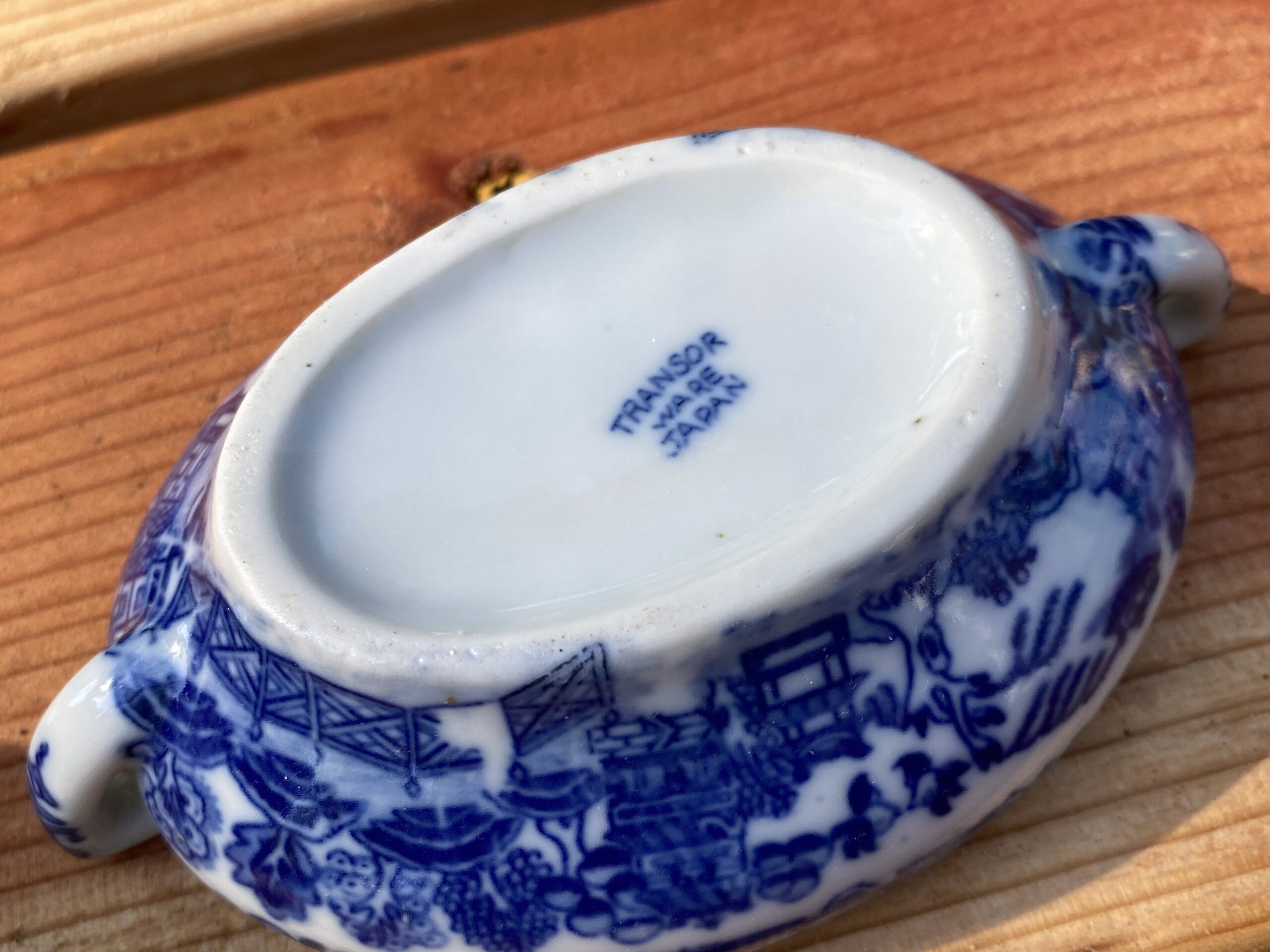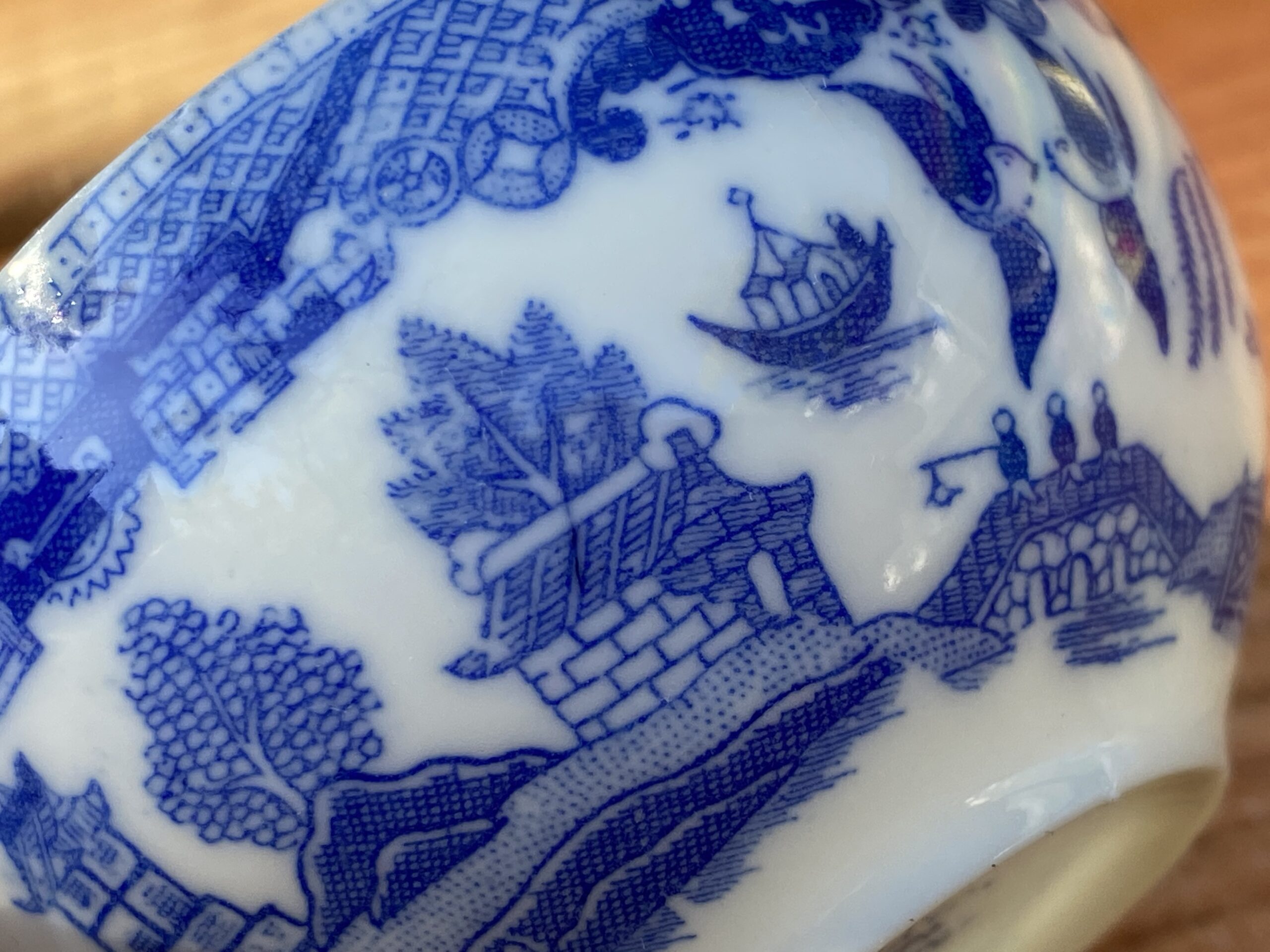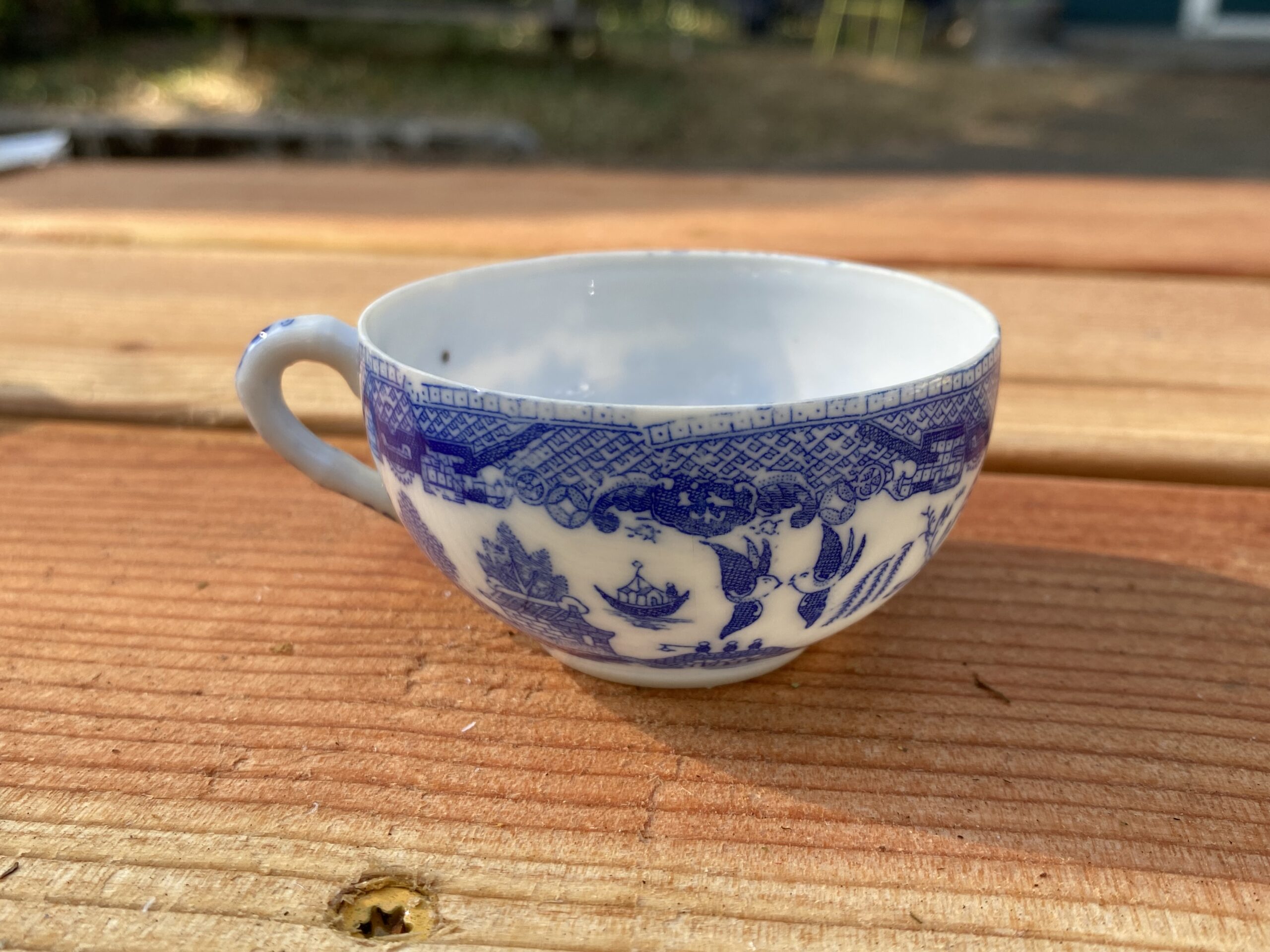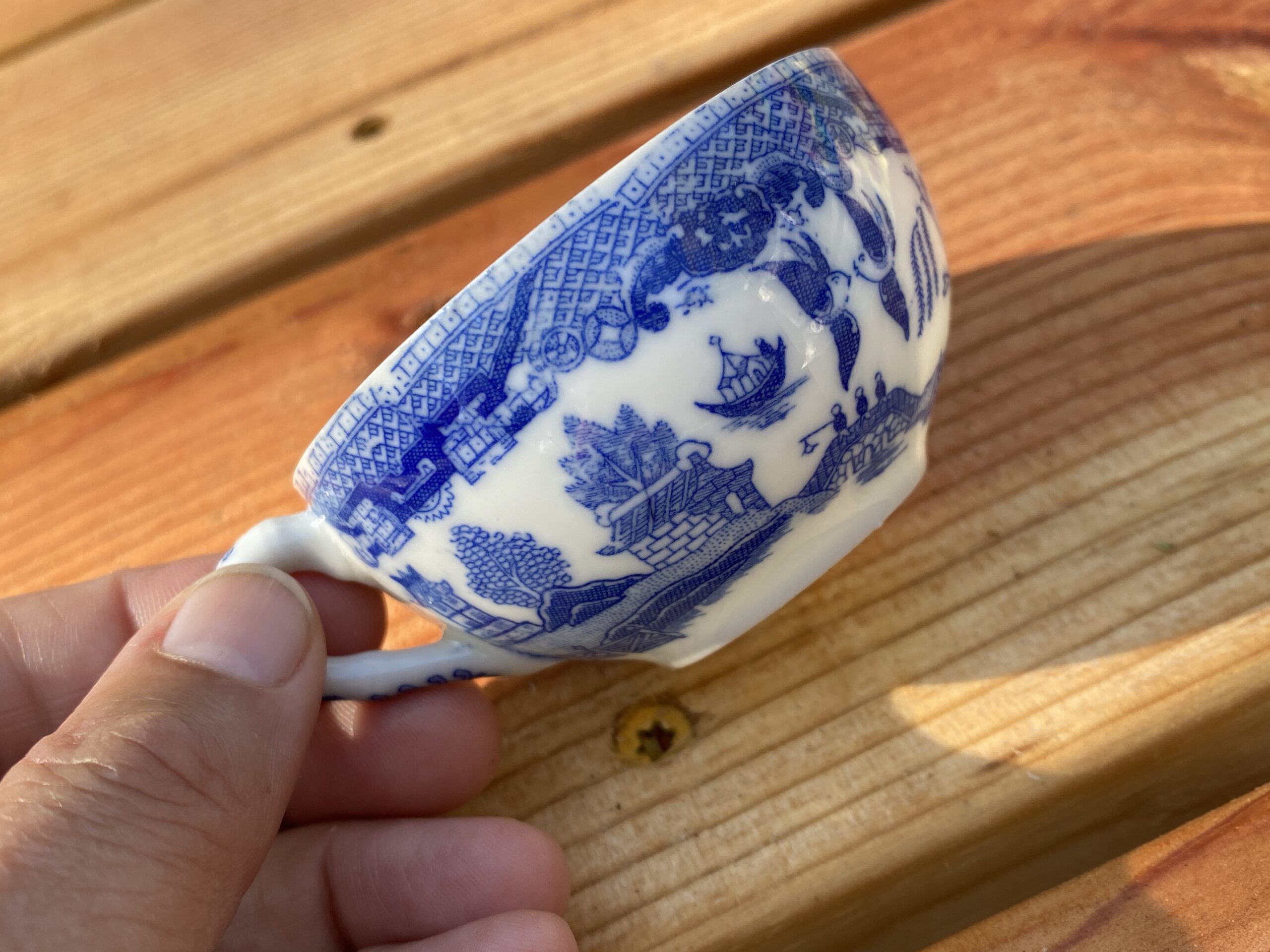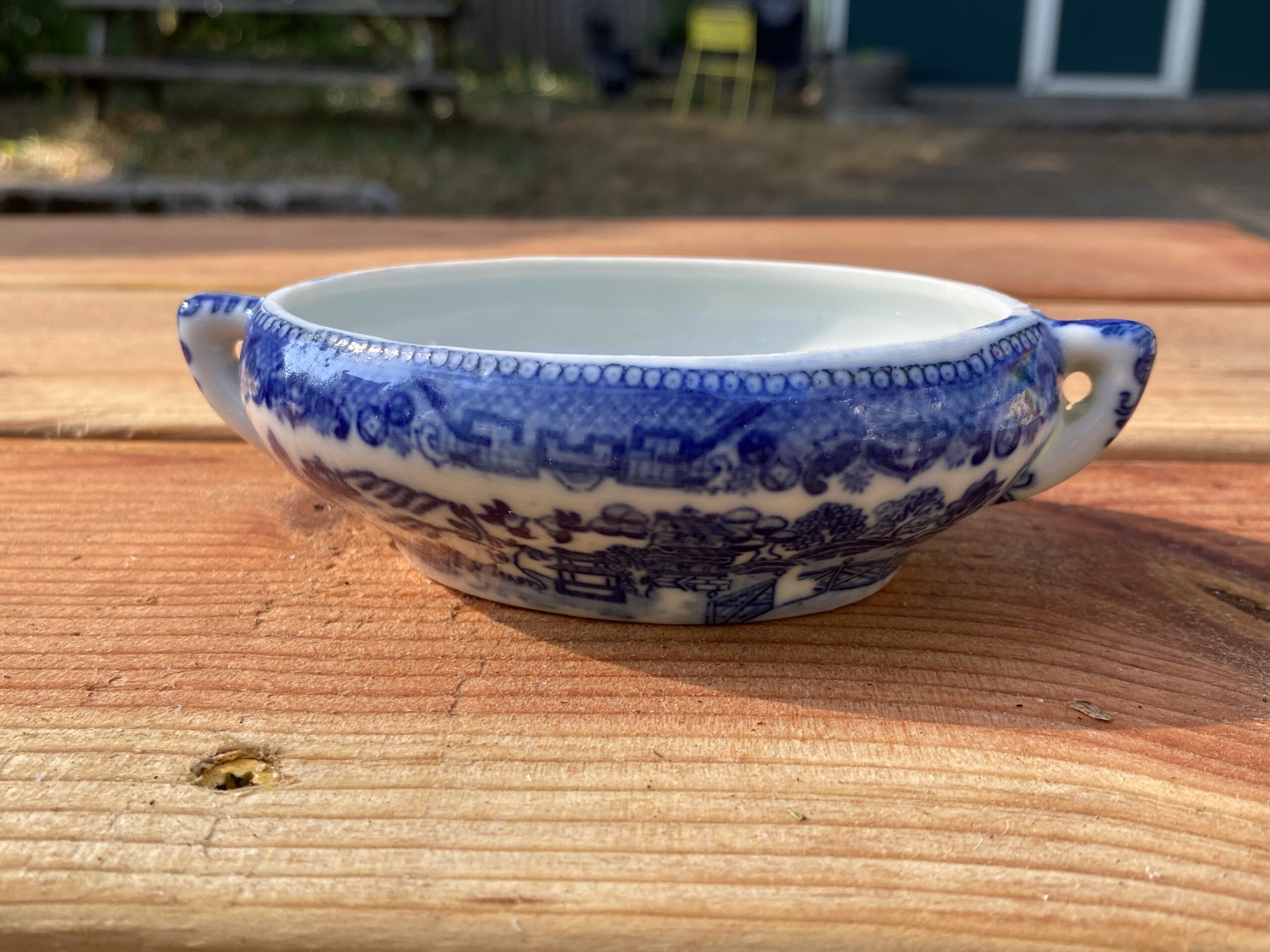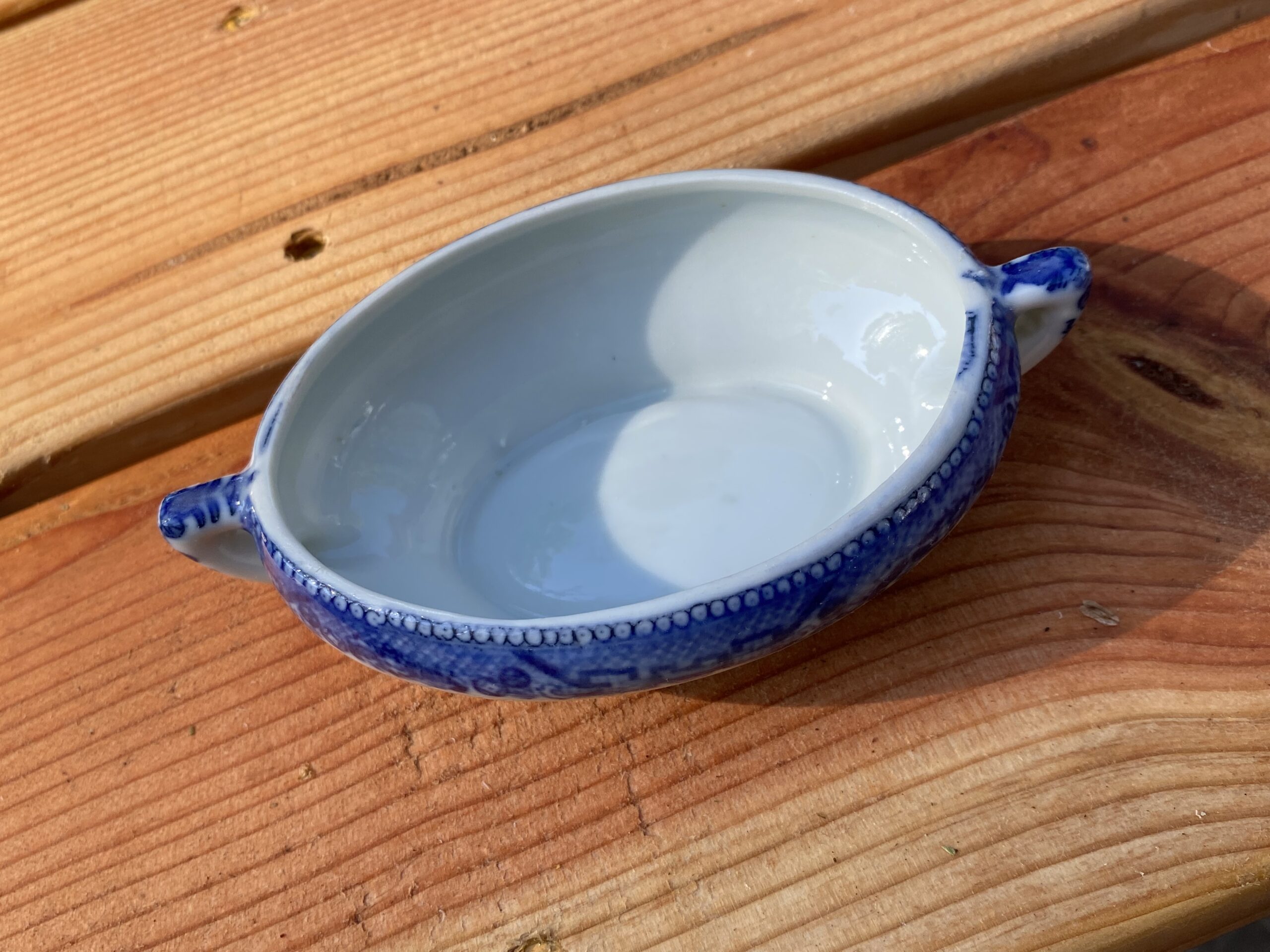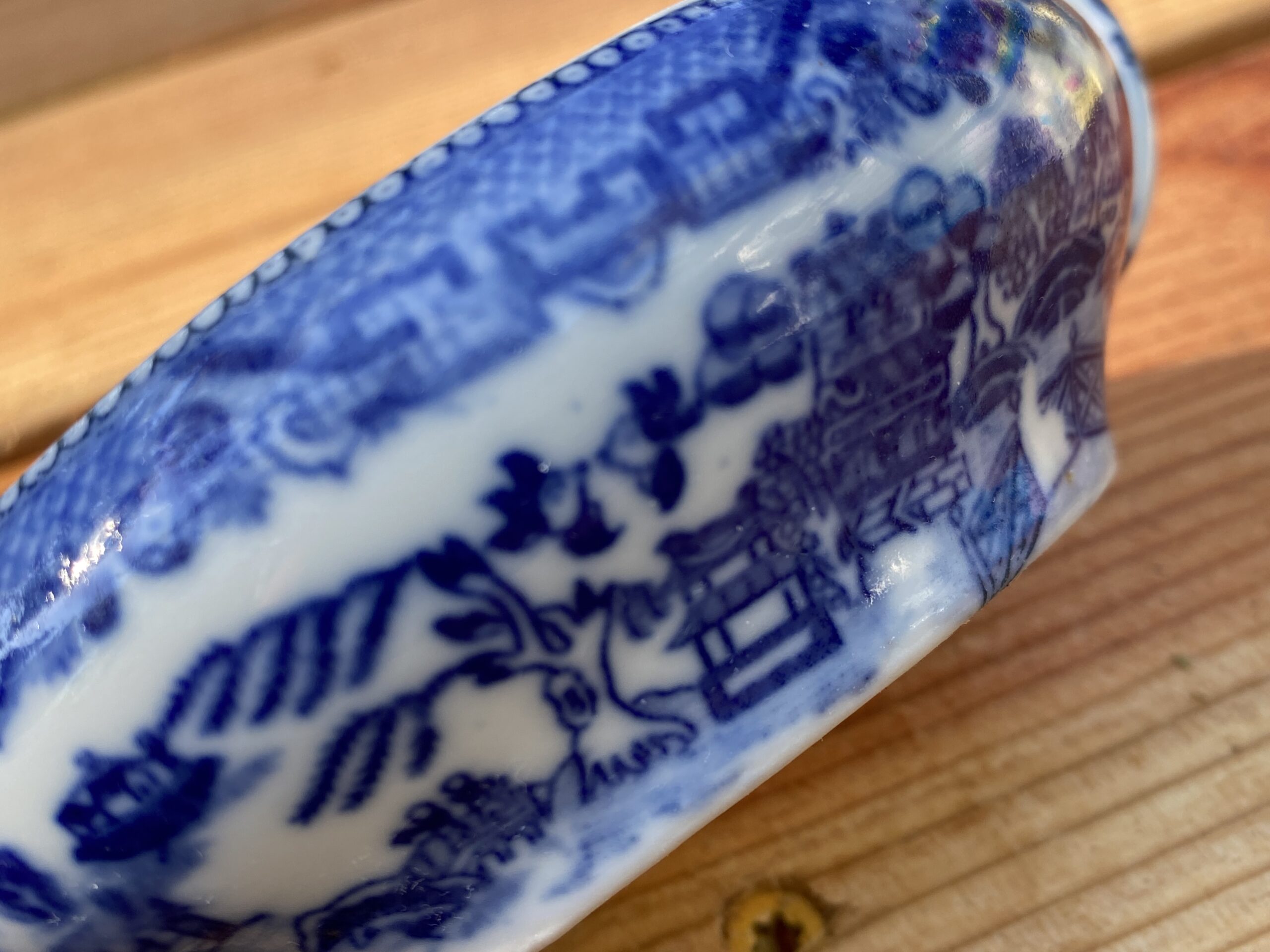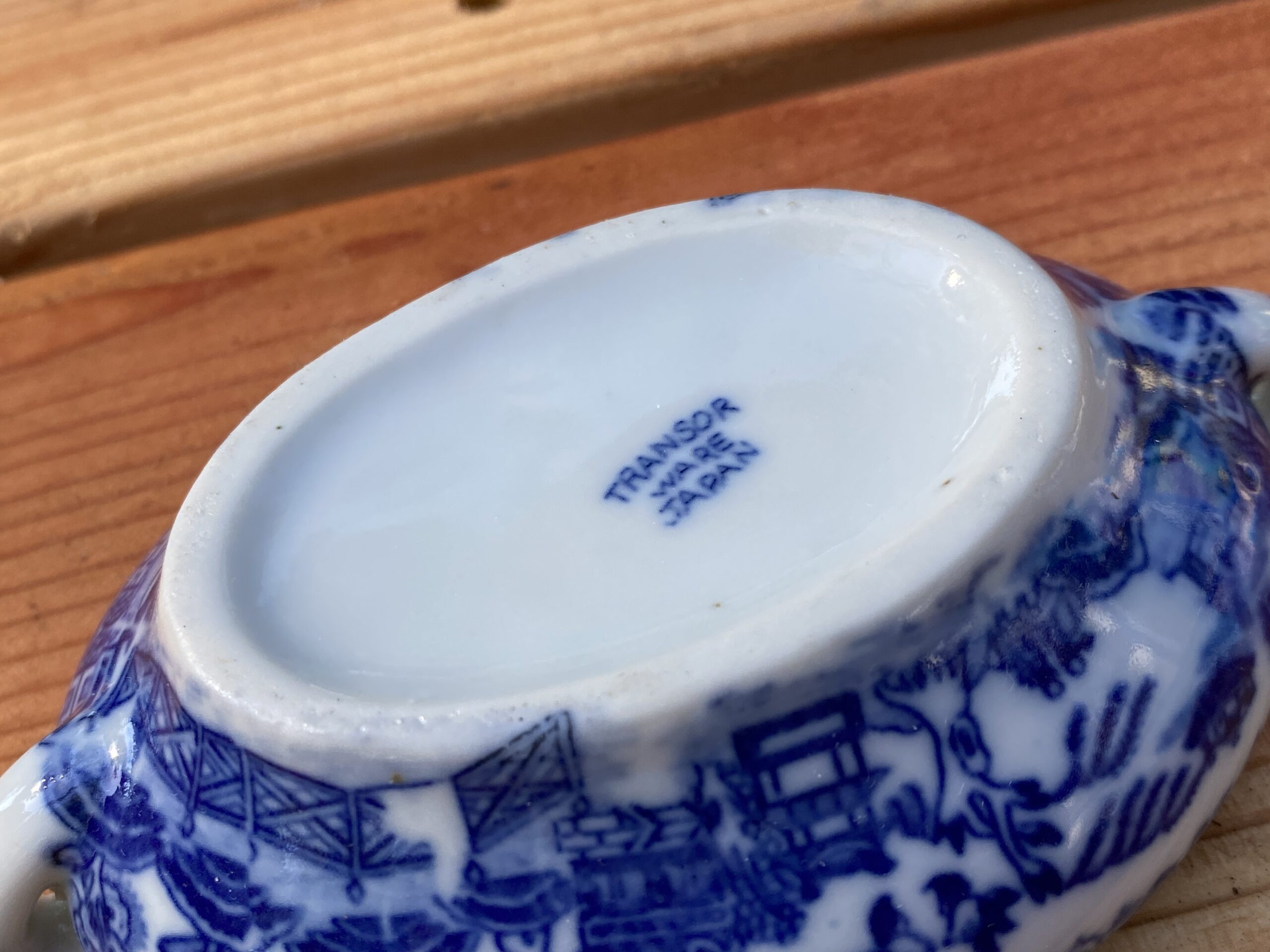XRF test results for antique Blue Willow style Transor Ware Japanese porcelain child’s tea set
Miniature | Miniature Tea Set | Miniatures | Porcelain Tea Set | Tea | Tea Cup | Tea Party Set | Tea Pot | Tea Set | Toy | Toy Tea Set | Toys | Toys with Lead | Trace Cadmium | Transor Ware | Transor Ware Japan
For those new to the Lead Safe Mama website:
Tamara Rubin is a multiple-federal-award-winning independent advocate for childhood Lead poisoning prevention and consumer goods safety, and a documentary filmmaker. She is also a mother of Lead-poisoned children (two of her four sons were acutely Lead-poisoned in 2005).
- Tamara owns and runs Lead Safe Mama, LLC — a unique community collaborative woman-owned small business for childhood Lead poisoning prevention and consumer goods safety.
- Since July of 2022, the work of Lead Safe Mama, LLC has been responsible for five product recalls (FDA and CPSC).
- All test results reported on this website are science-based, accurate, and replicable.
- Please check out our press page to see some of the amazing coverage of our work so far this year!
Published: Saturday — October 22, 2022
XRF test results for the porcelain tea set are pictured are below.
Some additional links with information for folks new to this site or wanting to do a deeper dive on this subject:
- Here’s the “Miniature Tea Set” category of the website, which has five posts but will be updated as we test more.
- This link discusses the testing methodology behind the Lead levels we report here on this website.
- The “Vintage Toy” category of posts and articles on the site.
- To see more miniatures we have tested and reported on, click here.
- To see some more modern toys with test results here on the website, click here.
This tea set is safe by all current/ modern standards (specifically the standards restricting the use of toxicants/ toxic metals in items intended for use by children).
Reading #1) On the blue area on the tea cup
60-second reading
- Lead (Pb): 15 +/- 7 ppm (safe by all standards)
- Cadmium (Cd): non-detect
- Tin (Sn): non-detect
- Mercury (Hg): non-detect
- Selenium (Se): non-detect
- Barium (Ba): 2,163 +/- 278 ppm
- Chromium (Cr): non-detect
- Antimony (Sb): non-detect
- Nickel (Ni): 276 +/- 28 ppm
- Copper (Cu): 64 +/- 24 ppm
- Zinc (Zn): 56 +/- 15 ppm
- Manganese (Mn): non-detect
- Zirconium (Zr): non-detect
- Niobium (Nb): non-detect
- Indium (In):non-detect
- Iron (Fe): 2,216 +/- 100 ppm
- Platinum (Pt): non-detect
- Cobalt (Co): non-detect
- Bismuth (Bi): 102 +/- 12 ppm
- No other metals were detected in consumer goods mode.
Reading #2) On the plain white of the tea cup
60-second reading
- Lead (Pb): 19 +/- 11 ppm (safe by all standards)
- Cadmium (Cd): non-detect
- Tin (Sn): non-detect
- Mercury (Hg): non-detect
- Selenium (Se): non-detect
- Barium (Ba): 2,080 +/- 456 ppm
- Chromium (Cr): non-detect
- Antimony (Sb): non-detect
- Nickel (Ni): non-detect
- Copper (Cu): non-detect
- Zinc (Zn): non-detect
- Manganese (Mn): non-detect
- Zirconium (Zr): non-detect
- Niobium (Nb): non-detect
- Indium (In):non-detect
- Iron (Fe): 1,721 +/- 126 ppm
- Platinum (Pt): non-detect
- Cobalt (Co): non-detect
- Bismuth (Bi): 100 +/- 17 ppm
- No other metals were detected in consumer goods mode.
Reading #3) On the plain white of the dish
60-second reading
- Lead (Pb): 17 +/- 8 ppm (safe by all standards)
- Cadmium (Cd): 9 +/- 4 ppm
- Tin (Sn): non-detect
- Mercury (Hg): non-detect
- Selenium (Se): non-detect
- Barium (Ba): non-detect
- Chromium (Cr): non-detect
- Antimony (Sb): non-detect
- Iron (Fe): 2,223 +/- 155 ppm
- Platinum (Pt): 42 +/- 27 ppm
- Bismuth (Bi): 70 +/- 10 ppm
- No other metals were detected in consumer goods mode.
Reading #4) On the blue area of the dish
60-second reading
- Lead (Pb): 20 +/- 8 ppm (safe by all standards)
- Cadmium (Cd): 14 +/- 5 ppm
- Tin (Sn): non-detect
- Mercury (Hg): non-detect
- Selenium (Se): non-detect
- Barium (Ba): non-detect
- Chromium (Cr): non-detect
- Antimony (Sb): 24 +/- 11 ppm
- Nickel (Ni): 173 +/- 64 ppm
- Zinc (Zn): 25 +/- 12 ppm
- Niobium (Nb): 274 +/- 17 ppm
- Indium (In): 20 +/- 6 ppm
- Iron (Fe): 5,085 +/- 232 ppm
- Platinum (Pt): 45 +/- 29 ppm
- Cobalt (Co): 5,461 +/- 209 ppm
- Bismuth (Bi): 98 +/- 11 ppm
- No other metals were detected in consumer goods mode.
Never Miss an Important Article Again!
Join our Email List



